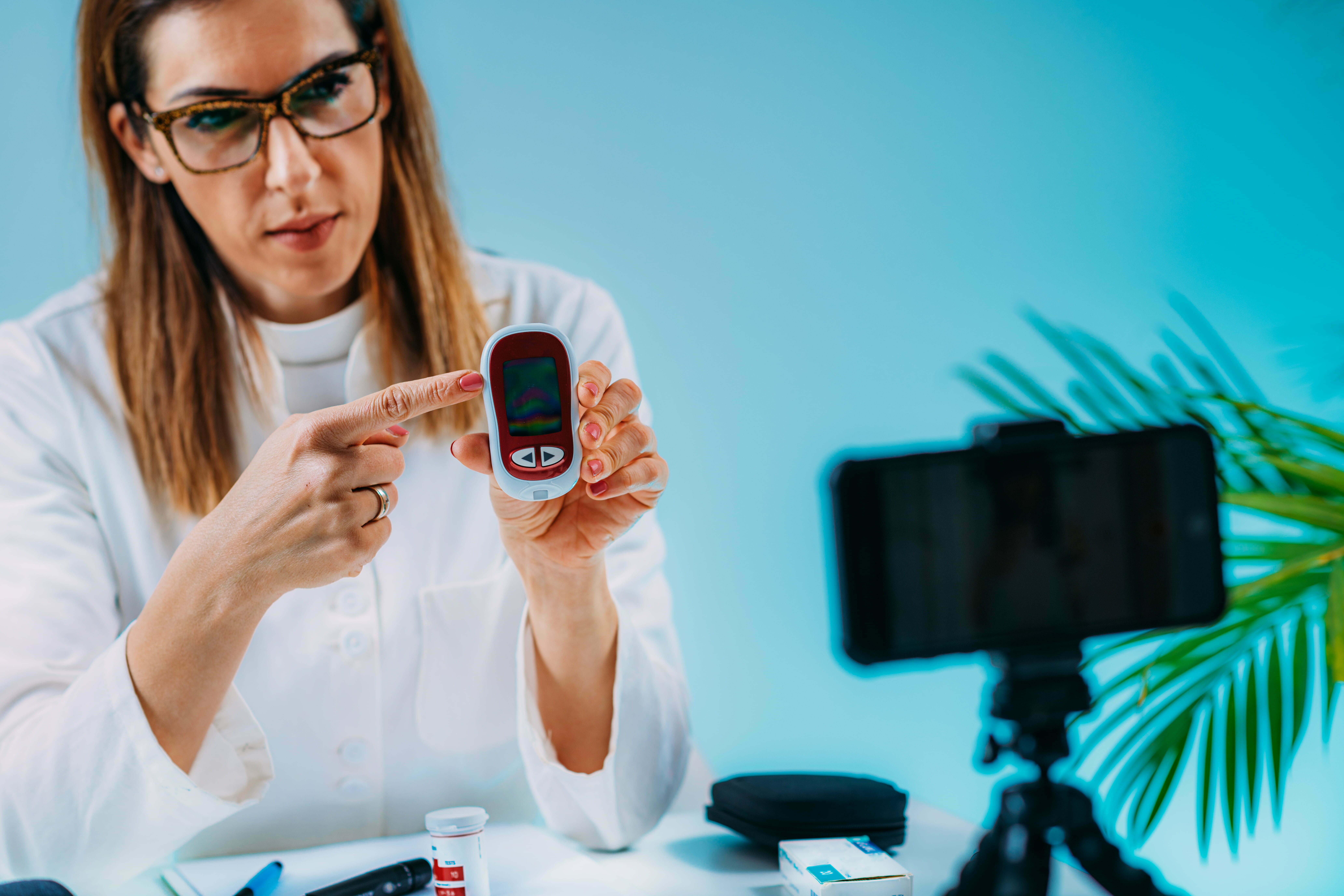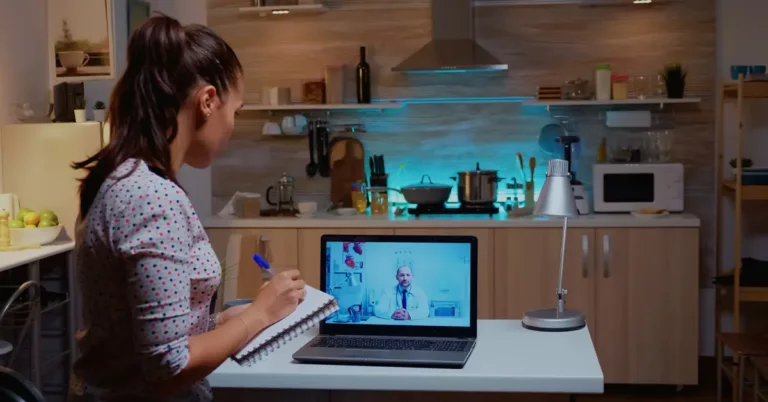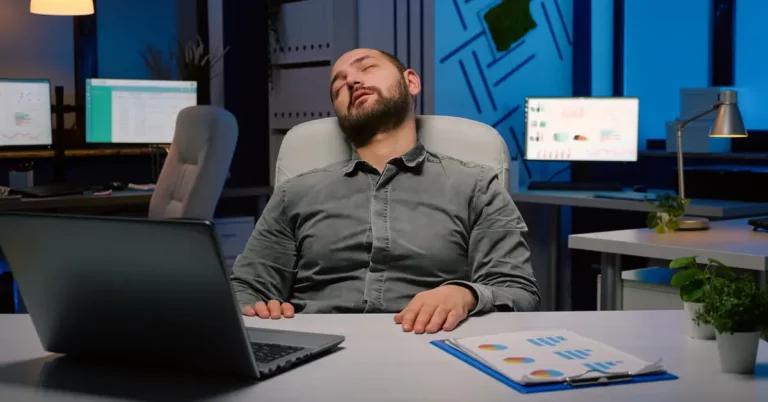A few months after the COVID-19 pandemic outbreak, hospitals in the United States and around the world started to struggle. Most hospitals were running out of beds, along with a shortage of healthcare providers. Hospitals across the country had been inundated with unprecedented numbers of COVID-19 patients by November 2020, with 13 million cases, more or less. Extension hospitals were built to cater to the overflowing patients while medical students stepped in to fill the shortage of human resources.
Comes 2021, when COVID-19 patients reached its peak, requiring certain hospitals to close their doors to non-COVID patients, thus, giving less priority to patients with chronic diseases. Chronic disease patients, during the pandemic, became more vulnerable as they were the easiest target of cross-infection. As such, they opted to delay their medication. In fact, according to CDC, an estimate of 41 percent of patients had delayed or avoided medical care, including urgent and routine care, because of the risk imposed by COVID-19.
Furthermore, when the Delta Variant strikes in the summer of 2021, hospitals experienced a crisis in providing quality care. As a result of the scarcity of resources, many hospitals could not provide proper medical care. Worst, they started to postpone or cancel hundreds of surgeries, causing some patients to die without receiving care.
With the discontinued delivery of care, patients, especially those suffering from chronic diseases, started to seek alternative ways to receive quality care amidst the health crisis. Many providers and patients alike turned to telemedicine, specifically Remote Patient Monitoring (RPM), for continuous care delivery.
Care Delivery to Chronically Ill Patients Before COVID-19
Before the outbreak of the COVID-19, patients with chronic illnesses have to endure the pain of long travels and time-consuming queues just to have their regular checkups. Furthermore, sometimes, this traditional health monitoring does not provide the necessary data for health workers to accurately assess and provide the correct treatment for the patient.
RPM addresses all the hindrances of providing continuous quality healthcare mentioned above. Hence, RPM is viewed by health experts as the future of healthcare.
How Remote Patient Monitoring Solves Healthcare Problems
1. Virtual Visits
Traditionally, patients, especially those living in the rural areas or countryside, need to endure the pain of long travels to attend their regular checkups. Upon reaching the clinic or hospital, they must wait the long queues for their turn to talk to the doctor. Patients are already exhausted and tired at this point, resulting in a significant difference in their physiological data. To address this, many patients and clinicians now employ telehealth and telemedicine to solve healthcare problems thanks to technological advancements.
Telehealth embraces non-medical services, whereas telemedicine focuses exclusively on providing remote medical care. Telemedicine has now evolved to monitor chronic illnesses and mental health.
Telemedicine utilizes RPM to solve the tiresome travels and long lines during traditional checkups. A deviation from these traditional checkups is called virtual visits. Using cellular phones or telephones, providers may contact their patients or vice versa and conduct their regular checkups. Virtual visits are easy, convenient, and cost-effective.
2. Health Wearables and Sensors
Traditionally, vital sign measurements have only been performed during routine checkups and hospital admissions. As a result, only limited data are provided to caregivers to assess their patients’ true conditions. However, as technology advances, vital signs can be measured, stored, and transmitted via wearables and sensor-enabled devices.
RPM programs are implemented using health wearables and sensor-enabled devices. They are in charge of continuously collecting vital signs for as long as they are worn. A smartwatch, for example, collects data such as heart rate, respiratory rate, blood pressure, ECG, etc.
With the continuous and remote collection of vital signs, patients need not travel to hospitals and clinics nor be admitted to a medical facility to gather their physiological data. All they need to do is wear their wearable devices.
3. Artificial Intelligence (AI) and Data Analytics
Although healthcare providers can use the information gathered during a visit to construct a treatment plan, sometimes, it is not enough to paint the whole picture of the patient’s health condition.
Most patients need to be confined to a medical facility and continuously monitor their condition to gather all necessary information to provide the proper treatment. This implies a high medical cost to the hospital and the patient.
The problem of insufficiency of patients’ data to adequately address their health concerns is addressed by RPM through artificial intelligence and data analytics.
Artificial intelligence and data analytics can spot patterns, anticipate trajectories, and organize data with remarkable speed and accuracy. RPM utilizes devices to continuously collect vital signs, patient-specific data, and information on how a person’s health evolves. Continuous health monitoring is now possible with RPM. AI and data analytics-enabled RPM is a potent tool for providing providers with all the necessary information to treat their patients properly.
4. Personalized and Continuous Care
Traditionally, care provision becomes limited once a patient is discharged from a medical facility, resulting in readmission, complications, and death. However, with RPM, care is given continuously despite physical borders. Also, with RPM, patients may captain their own healthcare.
Using RPM, patients receive the same quality of care while enjoying the comforts of their homes. On the other hand, providers are also provided with a wide range of data necessary to properly assess their patients’ health conditions, adjusting their patient’s treatment plans whenever necessary.
5. Clinical Trials and Drug Discovery
Telemedicine and RPM are not just for people with pre-existing diseases but also for clinical research and drug discovery. Clinical research and drug discovery involve observing and recording the reactions of trial participants. The data gathered during a drug trial determines the medicine’s adverse effects and its efficacy in treating the illness being studied. These studies are usually carried out by gathering data from participants across several visits.
During these visits, researchers collect information such as the subject’s vital signs, resulting in very limited information. However, with RPM, clinical researchers are given a pool of data to conduct the trials accurately. This can help reveal how different people react to the medicine being examined. A larger trial dataset may more accurately represent the general audience to whom the drug will be released.
With RPM, researchers may increase patients’ participation without increasing the number of researchers involved. They can collect vitals and converse with participants without face-to-face interaction, reducing travel costs and time.
Also, with RPM, a response to undesirable reactions or unusual behavior is given without significant delay.
6. Hospital at Home Programs
Instead of being confined in a medical facility, where the patient may be exposed to a greater risk of infection, especially during a pandemic, patients, even those with acute conditions, may be monitored within the walls of their homes with the help of RPM. With RPM, patients can stay at home while being monitored in real-time by their providers. Patients are given the same quality of care while enjoying the company of their families in their own beds.
Hospital-at-home programs are also designed to gradually train patients to be independent and take control of their care. They are given medical devices to help them, and their providers keep track of their vital signs. These medical devices are designed for ease of use, allowing even a less tech-savvy patient to use and understand.
Takeaway
Both patients and clinicians have embraced the use of RPM due to COVID-19, and it is expected to be the future of healthcare. RPM may effectively handle outpatient healthcare because of the increase in demand on global healthcare systems and technological advances that solve many healthcare problems. RPM is straightforward, cost-efficient, effective, and convenient.
Read more:
Remote Patient Monitoring (RPM): Why Everyone Wins
Top 6 Benefits of Remote Patient Monitoring (RPM) for Patients with Chronic Disease
Top 5 Benefits of Remote Patient Monitoring (RPM) for Providers
Join us know as we revolutionize healthcare through the state-of-the-art Remote Patient Monitoring. Contact us for more information.








